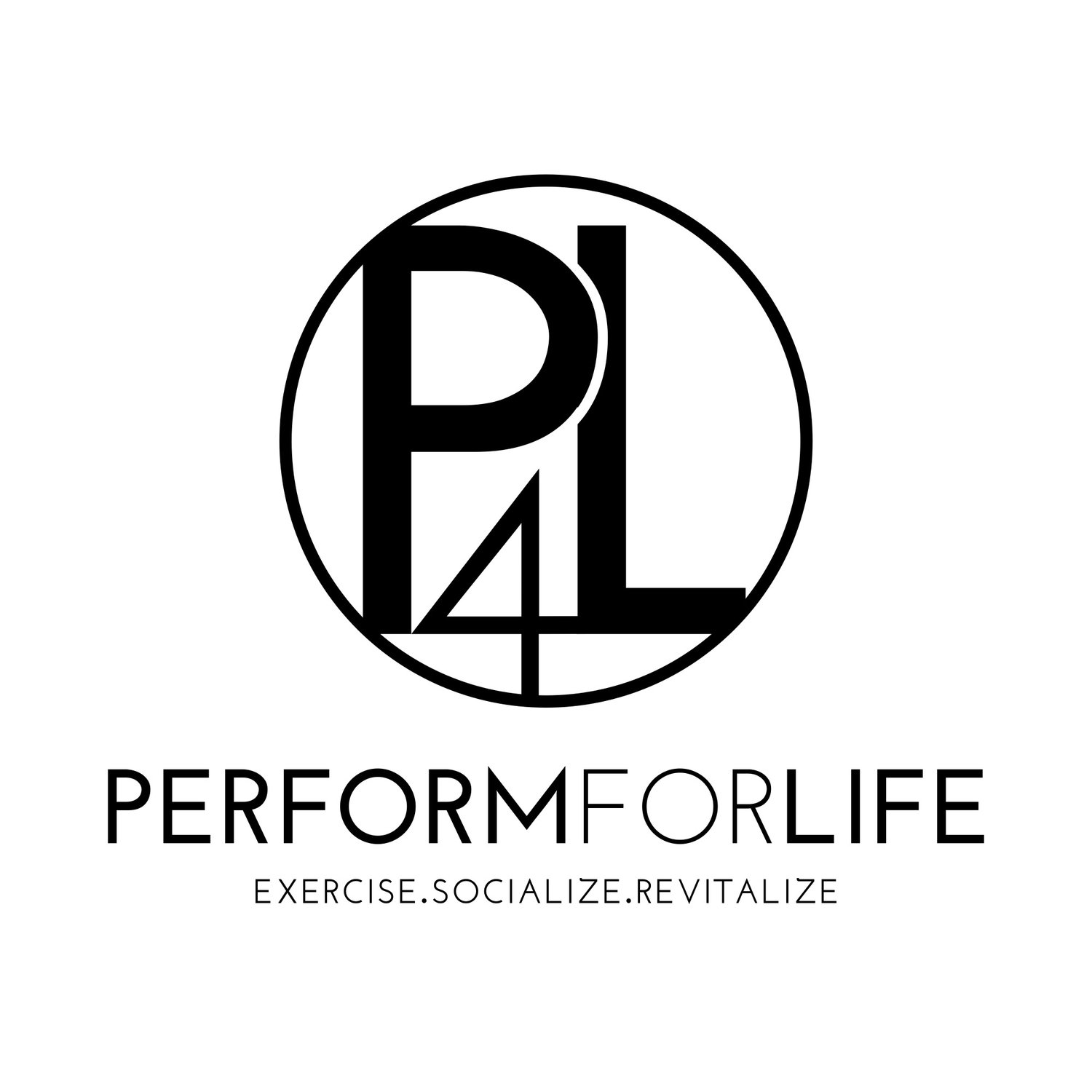The Difference Between Flexibility Vs. Mobility. Plus, 5 Benefits of Mobility
What exactly is the difference between flexibility and mobility?
Oftentimes, people mistake mobility with flexibility. They “sound” the same, but they are not the same. Flexibility is actually a component of mobility. To define it, flexibility is a muscle’s ability to lengthen “passively”.
Examples of this would be static stretches or using a yoga strap to pull yourself into a greater range of motion.
Mobility, on the other hand, is the ability to move “actively” through that ROM. It’s a combination of 3 components: flexibility, strength, and motor control.
An example of this would be raising your arms overhead without compensations (like arching your lower back). If you have adequate flexibility but can’t perform a certain movement, it's most likely a mobility restriction due to a lack of strength and/or coordination.
Flexibility is important because when your body is restricted by inflexibility and you can’t move through your natural range of motion, it’s harder to recruit more muscle fibers. Therefore, it’s harder to achieve more gains out of your exercises because you can’t reach the full potential of that exercise.
But what if you don’t have the strength within that flexibility?
If you look at hypermobile people, they have excessive flexibility. These are the people that are actually more prone to injuries because of their inability to control the movement when loaded or at end range. They have a higher chance of tearing a muscle, which is why mobility is so important.
Here are a couple of benefits of mobility training:
Benefits Of Mobility:
1. Prevent injuries
Sometimes life and sports throw us curveballs out of nowhere. Think of that one time when you slipped on a banana peel or on the basketball court and you were forced to go into the splits. Think of mobility as your “breaks” in this situation. If you’re forced to go into your full ROM (or in this case, past your full ROM), you need your brain to tell your muscles to stop and contract, so you don’t go into the splits and tear your hamstrings. Without the strength to contract at the right moment in time, it will most likely result in injuries.
2. Prevent overcompensations/Enable muscles to work efficiently
A great example would be performing an overhead press. A lot of times when people don’t have efficient shoulder mobility and they’re forced to press something over their head, they will start to use their low back to compensate for the lack of shoulder mobility. Therefore, that shoulder press becomes a “loaded” back-hyperextension exercise instead, which is not the goal of exercise and may not be ideal for the individual.
3. Improve sports performances
More ROM=More Force. For example, having efficient external rotations of the shoulder can benefit quarterbacks and pitchers tremendously when throwing or pitching.
4. Increases strength
The strength you have is largely based on your ability to fully contract and activate the right muscles at the right time. For example, if you are not able to go to your full ROM in a squat based on your anatomical structure due to poor mobility, the primary muscles (glutes, quads, hamstrings) will not fully fire, and accessory muscles will likely take over.
Check out this article to help find your perfect squat stance.
5. Improves posture
Poor mobility also results in poor postural alignment. For example, if you lack mobility in your pelvis, this can affect the natural curvature of the lumbar spine.
If you’re young or in your 20’s/30s, you may think that joint mobility isn’t something you need to worry about. But this can affect all ages. If you don’t use it, you lose it. I know mobility training is not the most appealing or Instagram-friendly. But trust me, if you want to lift heavier, become better at a sport, or simply live more pain-free, mobility training is crucial. Like Grey Cook says, “For most gym-goers, moving well isn’t important…until they can’t.”
Sources:
https://www.ncbi.nlm.nih.gov/pmc/articles/PMC3811738/


